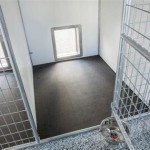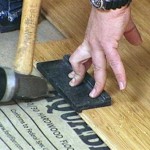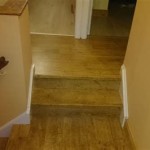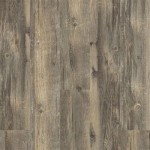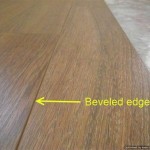Essential Aspects of Precast Concrete Flooring
Precast concrete flooring is a construction method that involves the use of prefabricated concrete slabs that are manufactured off-site and then transported to the construction site for installation. This method offers several advantages over traditional cast-in-place concrete flooring, making it a popular choice for various types of buildings.
Advantages of Precast Concrete Flooring
- Speed and Efficiency: Precast slabs can be produced in a controlled environment, allowing for faster and more efficient installation than cast-in-place concrete, reducing construction time.
- Quality Control: Precast slabs are manufactured under stringent quality standards, ensuring consistent strength, durability, and dimensional accuracy.
- Reduced Labor Costs: The use of precast slabs minimizes the need for on-site labor, resulting in significant savings in labor costs.
- Weather Independence: Unlike cast-in-place concrete, which is affected by weather conditions, precast slabs can be installed under most weather conditions, reducing construction delays.
- Versatile Applications: Precast concrete flooring can be designed to meet various loading requirements and can be used in a wide range of building types, including residential, commercial, and industrial.
Considerations for Precast Concrete Flooring
While precast concrete flooring offers numerous benefits, there are certain considerations to keep in mind:
- Transportation and Handling: Precast slabs are typically large and heavy, requiring specialized equipment for transportation and handling to the construction site.
- Site Preparation: The construction site must be properly prepared to receive the precast slabs, including the installation of supports and foundations.
- Joint Sealing: The joints between precast slabs require proper sealing to prevent water infiltration and ensure structural integrity.
- Design Limitations: Precast concrete flooring may have limitations in terms of design flexibility and span capabilities compared to cast-in-place concrete.
- Cost: Precast concrete flooring can be more expensive than cast-in-place concrete, particularly for smaller projects or projects with complex design requirements.
Conclusion
Precast concrete flooring is an innovative and efficient construction method that offers numerous advantages over traditional cast-in-place concrete. Its speed, quality, cost-effectiveness, and versatility make it an ideal choice for a wide range of building projects. However, it is essential to carefully consider the transportation, handling, site preparation, joint sealing, design limitations, and cost implications to ensure successful implementation.

Reinforced Concrete Precast Core Floor Slab Hollowcore Concast For Flooring Large Span

Hollowcore Precast Concrete Plank Mid States Industries

Prestressed Concrete Flooring Precast Floors

Precast Concrete Floor Systems Types Of Floors

Concrete Floors Precast Screedless Flood

How To Soundproof Concrete Floors Noisestop Systems

Flooring Coltman Precast Concrete Limited

Apply Precast Concrete Revit Add On To Slabs Agacad Enabling Innovations Together

Precast Hollowcore Solid Floors Bison Forterra

Precast Hollowcore Solid Floors Bison Forterra

